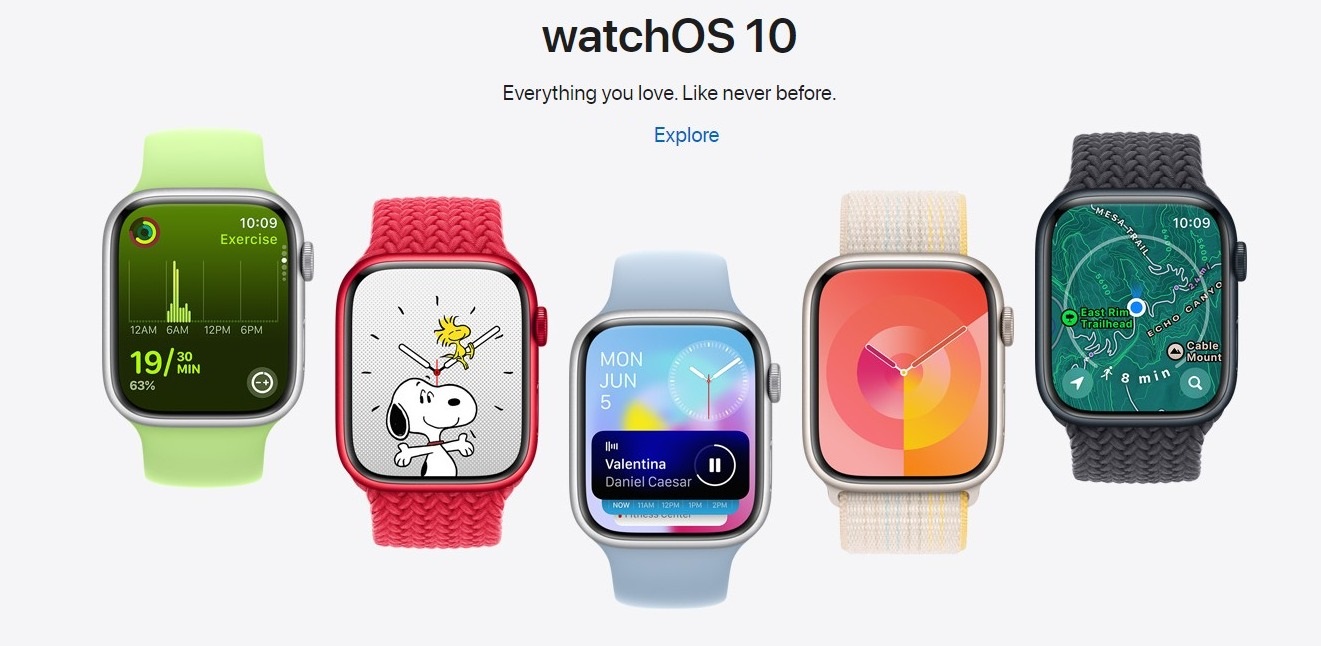In the wake of Apple’s Worldwide Developer Conference (WWDC), we’re digging into the array of updates announced for the Apple Watch. From innovative sensor support to an enhanced developer API, Apple seems to be pushing the boundaries in several areas. And there’s no need to fret – we’ll be deep-diving into these updates in the upcoming days to scrutinize what works well and what requires further refinement.
What’s The Buzz All About?
WWDC is Apple’s annual conference held each June, where they tease the new features slated to arrive for the ordinary consumer around September. The features generally cater to all sorts of devices, dating back several years. This year is no different.
Here are the headlining items announced at this year’s conference:
- New Sensor Support: The Apple Watch will now feature support for cycling Bluetooth Smart sensors, cycling Bluetooth power meters, and cycling cadence sensors. In the past, the Apple Watch only paired with Bluetooth heart rate straps, so this addition is a significant leap forward.
- Topographic Maps: In a first, Apple Watch will now display topographic maps, enhancing the user experience for outdoor adventurers and fitness enthusiasts.
- Workout API: This addition might seem nerdy, but it is crucial for structured workouts. The API will enable apps like Training Peaks to push structured workouts directly to your watch.
- High-Frequency Motion Data: Developers can now capture high-frequency motion data from the watch, opening up numerous possibilities for app development across various sports.
- Companion App for Workouts: Apple will now allow you to use your phone as a companion app during workouts, a significant upgrade for cyclists who want to mount their phone on handlebars.
- Redesigned Home Screen: The home screen (watch face) has been redesigned to allow widget access.
These are just a few updates from the multitude of innovations announced at WWDC. The Vision Pro, for example, is another intriguing addition that will be covered in a separate article.
Digging Deeper: The Challenges Ahead
While these updates appear impressive, Apple still faces a few hurdles. For instance, the Bluetooth power meter profile is notoriously inconsistent due to various historical reasons, making it a challenge for Apple. Each power meter company has implemented it differently, resulting in inconsistent compatibility with various watches and head units.
However, Apple seems poised to overcome this challenge. By collecting all power meter brands in-house, testing them, and finding the shims for compatibility, the company appears determined to smooth out these inconsistencies.
Bridging The Gap: What’s Next?
The upcoming version of iPad OS will now include Apple Health, a feature previously exclusive to the iPhone. This integration allows the Apple Watch to sync with the iPhone and iPad, enabling access to health data on the larger screen of the iPad. This can be particularly beneficial for third-party apps looking to utilize this data.
In terms of timeline, the developer beta has been released, with a public beta scheduled for July, and likely production release around September.
While Apple has addressed several key aspects, battery life remains a potential concern, especially for users who embark on long-distance activities like ultramarathons. Also, the realm of navigation on the Apple Watch is yet to match its competitors.
Apple’s effort to establish itself as a more athlete-focused brand is evident in these updates. The addition of native cycling sensor support and structured workout support is a significant step towards catering to the triathlete and cyclist crowd. However, there are still areas where it needs to catch up with competitors. The lack of features like training readiness, trending load, and recovery metrics are some areas.















